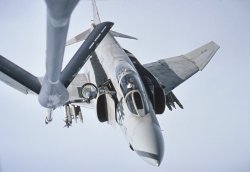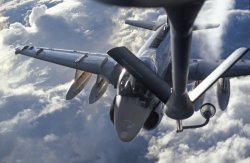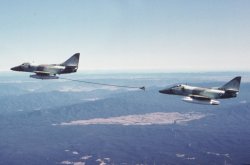Sorry. I wrote a reply to this the other day, but must have failed to hit the post button. An undetected error...
They are not common, though some places, and airlines, seem to manage it more than most. As best I can recall, there was only one during my time in QF.
They were probably most common at the old HK, Kai Tak. There are numerous images on the net showing aircraft at the moment of the strike. I can’t find it, but I recall one image that showed someone getting both #3 and #4 simultaneously....that’s a serious effort.
Causes? Generally a gusty, and very strong crosswind, badly handled.
At HK, if you went through the centreline on the turn off the IGS approach you really didn‘t have time, height or distance, to correct the issue, so a go around was the best response. Those who continued and tried to correct things in, or near, the flare, were setting themselves up for a strike. That’s what most of the HK images and videos show. I saw BA manage exactly this back in the mid 90s.
The quads can’t be flown like the twins during the flare in a crosswind landing. In smaller aircraft, as you flare, and then remove the upwind heading alignment with rudder, you can stop the downwind drift by applying a bit of into wind bank. You then land with that bank still applied. In the quads, you can’t necessarily apply enough bank to offset the drift. The idea is to flare, with all drift still intact. Then with the flare established, to gently remove the drift so that getting it straight coincides with the touchdown. The rudder is removed gently (none of this ‘kicking it straight‘ rubbish). If you don’t get all of the drift out, it doesn’t matter at all in the 747 (you can land with all of the drift intact), but in the AB’s you have to get it below 5º of drift.
Strikes will often be dynamic events. The aircraft may not have exceeded the geometric limits, though it was near them. There has been a control input, or gust, or even a solid touchdown, which causes the wing to flex down that last little bit to give the strike.
I’ve heard of some silly ones too. The one that immediately leaps to mind involves Air India. They had a 747 that had an engine failure, and during the landing the pilot decided to try to hold the failed engine as high as possible during the ground roll. There is zero reason for ever doing this. He succeeded, but in so doing hit the opposite engine on the ground as well.
The ATSB release doesn’t specify exactly where the strIke happened. Whilst it says ‘in the go around procedure’, the strike may have happened first, and then they elected to go around. Or they failed to hold the wings level during the initial go around actions, and so struck the ground. My bet would be that they tried to make a track correction very early in the go around (to hit the ground it has to be extremely low), and managed it then. It would be interesting to see how that track related to aircraft on the taxiway.
Strikes occasionally occur in the simulator, which is obviously the best place for them to be. There the major cause would be failure to adequately control the yaw (with rudder) during an engine failure during take off exercise. You’d be especially exposed to it with the engine failure at the moment of lift off.




















